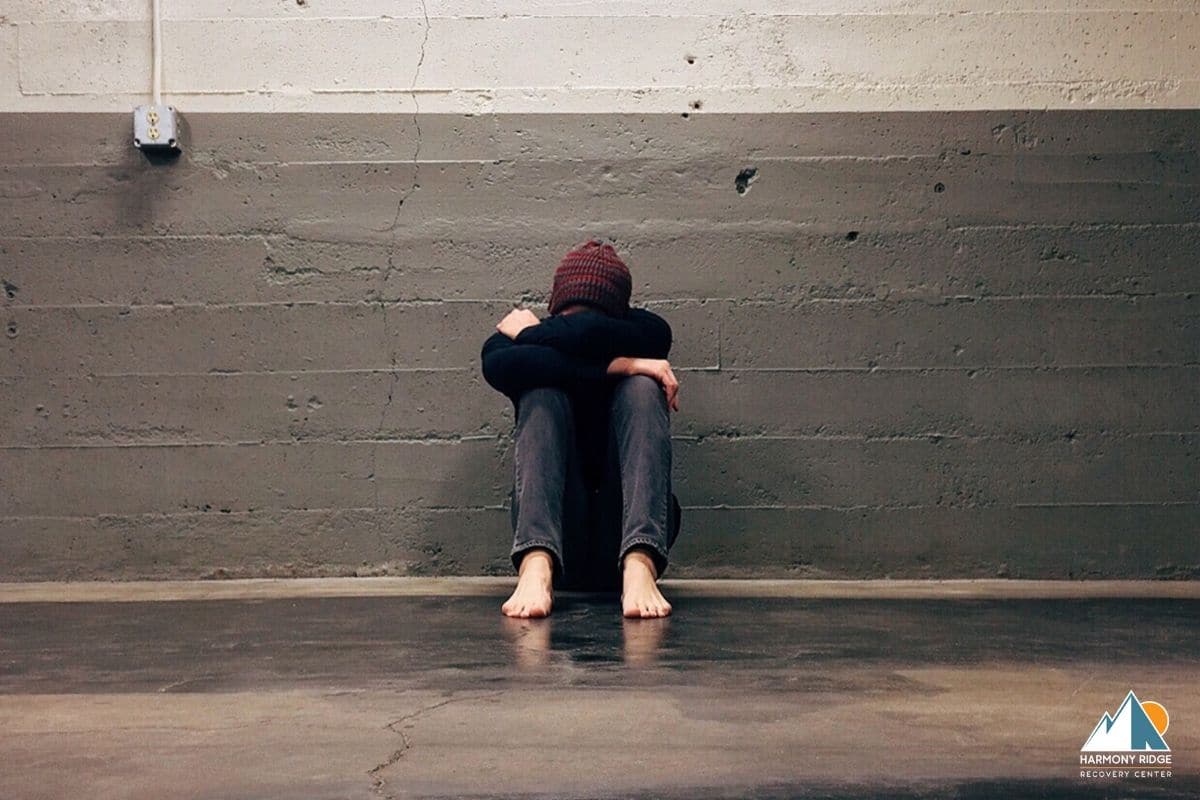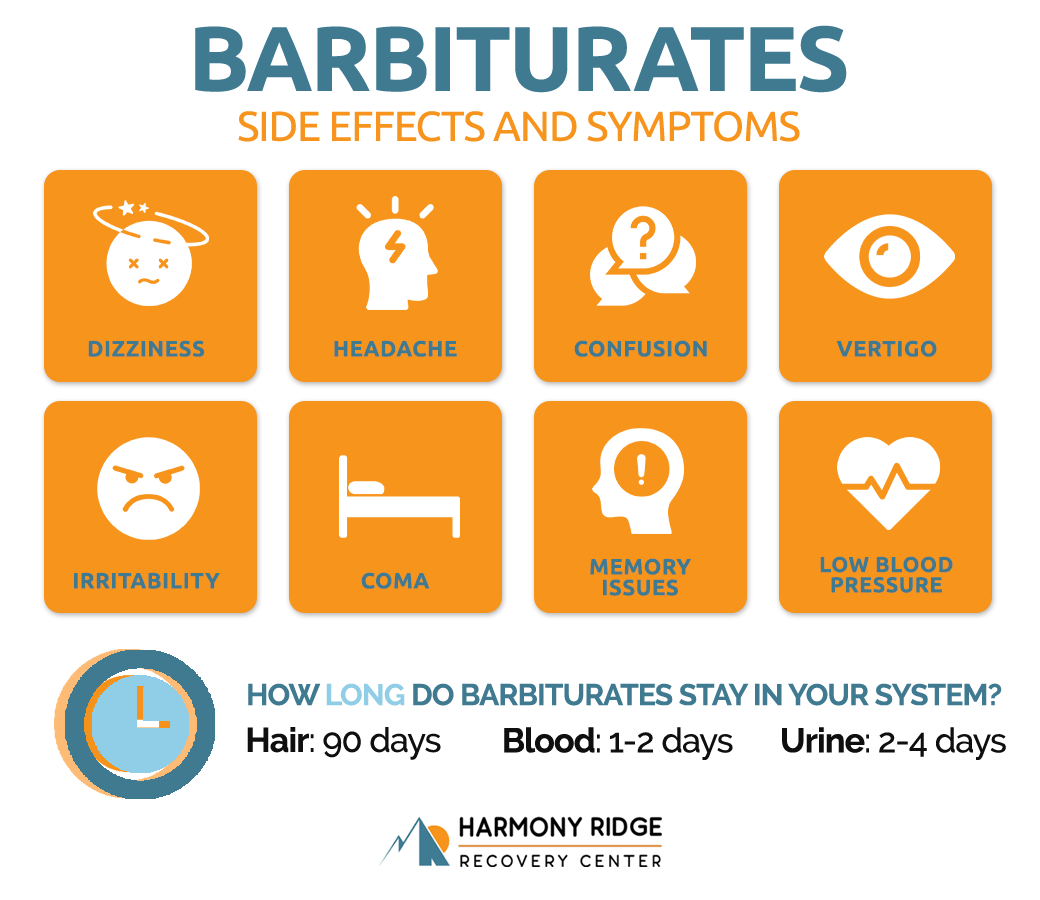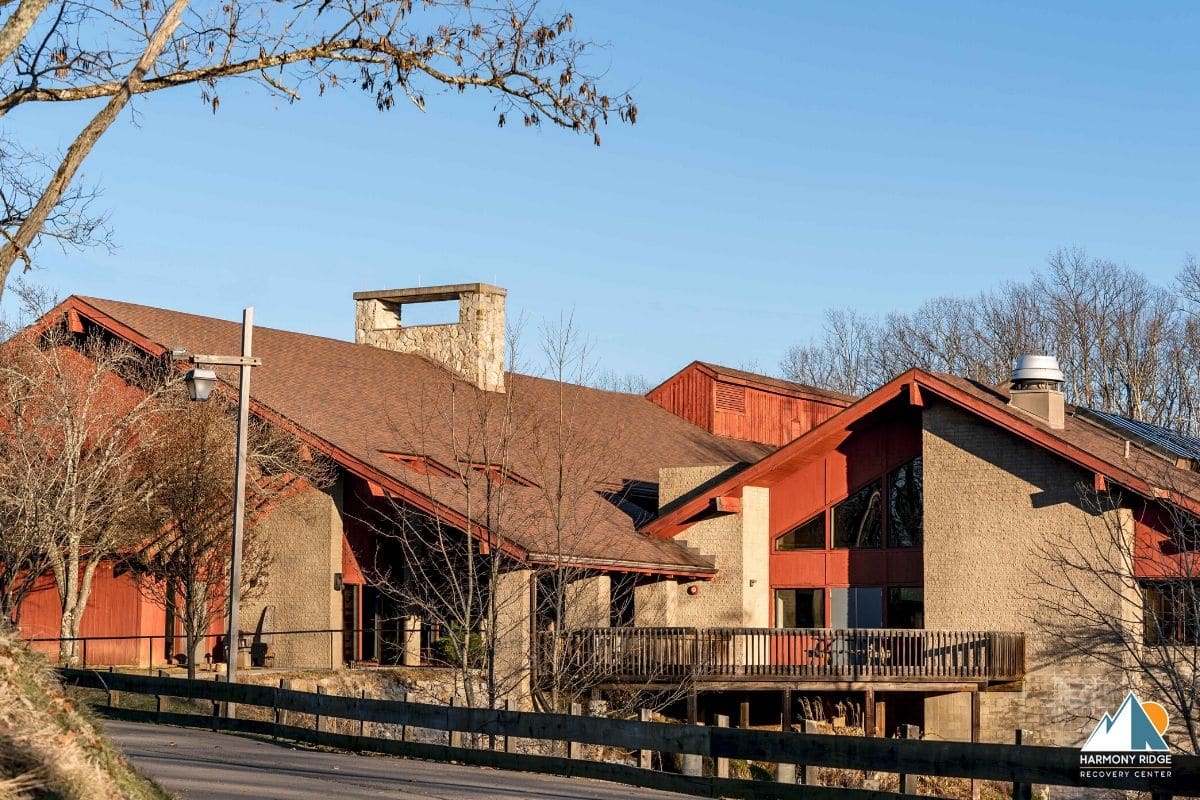Barbiturates Withdrawal and Treatment
We understand the challenges associated with barbiturate dependence and tailor our programs to meet your unique needs.
Those who abuse barbiturates are at risk for adverse side effects. While the most common method for taking a barbiturate is a pill taken orally, people with histories of drug abuse have been known to inject the substance in liquid form to speed up delivery to the system. Reasons why people abuse this class of drugs vary from the wish to reduce anxiety, offset the effects of stimulant drugs, and reduce inhibitions.
Barbiturate withdrawal symptoms are a direct result of what happens when you suddenly stop using these substances. Learning about these before they happen can help you avoid them and detox safely from barbiturates.
Side Effects of Barbiturates Addiction
Since barbiturates are sedatives, they produce a calming effect. This leads many users to develop a dependence on these medications, and this can unfortunately lead to addiction. There are telltale signs and side effects of barbiturate addiction for which you should keep an eye out.
Side effects caused by taking barbiturates include:
- Sedation
- Dizziness and lightheadedness
- Headache
- Nausea or abdominal pain
- Confusion
- Irritability
- Low blood pressure
- Vertigo
- Fainting
- Hallucinations
- Coma
- Memory issues
- Respiratory arrest and death
Pregnant women should not take barbiturates unless their doctor states otherwise. This is because the drugs can be passed into breast milk, resulting in drowsiness and difficulty breathing in the breastfeeding infant.
Stopping Barbiturate Use Abruptly
If you’ve noticed that you’ve become dependent on barbiturates, you might be tempted to try to quit on your own. However, this can be dangerous. Stopping barbiturate use abruptly can lead to painful and even fatal withdrawal symptoms.
For this reason, you should never quit barbiturates “cold turkey” or at home. To successfully recover from barbiturate addiction, you should stop taking them while medical professionals can supervise you.
What Happens During Barbiturate Withdrawal?
Building a tolerance towards barbiturates is easy, often resulting in a physical dependence when taken over a prolonged time period. In order to avoid barbiturate withdrawal symptoms, people will take greater amounts of the drug, putting themselves at greater risk for an overdose.
Barbiturate withdrawal symptoms include:
- Anxiety
- Vomiting
- Insomnia
- Hallucinations
- Restlessness
- Stomach cramping
- Thoughts of suicide
Those experiencing barbiturate withdrawal symptoms are in danger. As much as 75% of people withdrawing from barbiturates may have seizures. Moreover, individuals will experience confusion, elevated body temperature and up to 66 percent of people will experience delirium for several days.
How Long Do Barbiturates Stay in Your System?
How long barbiturates stay in your system depends on the type of barbiturate you’re taking. Fast-acting ones like secobarbital and pentobarbital leave the body faster than slow-acting ones, like phenobarbital. Generally, barbiturates stay in your hair for 90 days, your blood for one to two days, and your urine for two to four days.
Other factors that determine the amount of time barbiturates are in your body include:
- Metabolism
- Tolerance level
- The dosage you took
- Existing medical conditions
- The drug test you’re using
Barbiturate withdrawal symptoms can be fatal. Therefore, it’s imperative to follow a medically approved drug detox plan that is managed by a team of licensed medical professionals in a facility that is staffed 24/7. If not followed correctly, the outcome can be deadly.
Barbiturate Withdrawal Timeline
Your barbiturate withdrawal symptoms depend greatly on the type of barbiturates you’ve used. Although this will vary from person to person, here is a general barbiturate withdrawal timeline.
1-3 hours: You’ll start to notice mild barbiturate withdrawal symptoms.
2-3 days: Your symptoms will intensify. Some of these will include nausea and vomiting, rapid heart rate, anxiety, seizures, and hallucinations.
3-7 days: Withdrawal symptoms will start to disappear.
14+ days: Around this time, all your barbiturate withdrawal symptoms should be gone. However, you still might experience a few mild symptoms after you quit using these substances.
Dual Diagnosis Treatment for Barbiturate Withdrawal
As real as barbiturates addiction is, so is the possibility of having a coexisting mental illness. Dual diagnosis treatment at Harmony Ridge cares for co-occurring disorders simultaneously. This ensures that our medical professionals find the root cause of your substance abuse.
About 45% of people in the U.S. struggle with a dual diagnosis. People who abuse barbiturates might do this to numb pain they’re feeling from a mental health disorder. This could also go the other way: Abusing barbiturates might cause someone to become depressed or anxious. As a result, they could develop a mental health disorder.
Treatment For Barbiturate Withdrawal Symptoms
When it comes to drug treatment protocols, Harmony Ridge Recovery Center is an industry leader. Providing a safe and calming space that fosters a healing environment for our patients is vital to the recovery process. We provide different levels of care to ensure that you stop using barbiturates for good, even years after you’ve quit. Below are a few essential treatment services that will help you recover from barbiturate withdrawal.
Detox
Detox is the essential first step on the road to sobriety. This is the process of harmful toxins being released from the body under the supervision of licensed professionals. Although you might experience painful withdrawal symptoms, clinicians will provide you with medication to make these easier.
The detox process can be very uncomfortable; thus, our caring and compassionate team is here to help patients through this difficult time. Patients receive personalized treatment plans tailored to their specific needs. Each person seeking recovery is going through their own journey, making it vital that he/she receives a recovery plan designed for patients to successfully maintain life-long sobriety.
What may work for one person may not work for another. Many detox facilities follow a set protocol for all patients, and while this may work for them, our team believes that a drug treatment plan designed specifically for each individual patient results in healthier long-term outcomes.
Inpatient/Residential Treatment
After the detox process, patients will move on to our residential treatment program if they have a serious barbiturate addiction. During this time, patients are empowered and taught healthy habits that they can take with them once they complete their rehabilitative treatment. While in residential treatment, you’ll receive care 24/7 from our dedicated staff.
Inpatient treatment is best for people with more severe substance use disorders. While living at our facility, patients will get the attention they need to recover. Having a strict routine will teach them better habits that will help them succeed once they leave treatment. Our facility provides a safe environment that won’t allow any room for drug or alcohol abuse.
Partial Hospitalization Program
Upon completion of our inpatient treatment, the next level of care patients receive is our partial hospitalization program (PHP). This might also be the first level of treatment after detox if they only have a mild barbiturate addiction. Patients respond positively to the intensity and highly structured nature of this program designed to help them overcome impediments and triggers that have fueled their addiction. Those in recovery participate in group and individual therapy sessions, counseling, cognitive behavioral therapy, and relapse prevention strategies.
Often described as a middle ground between residential and outpatient treatment, PHP is the ideal program for those wishing to begin the transition to living independently without sacrificing the level and intensity of their medical treatment.
Patients can enjoy numerous amenities to help put them at ease and focus completely on themselves during the recovery process. In fact, it’s not unusual for a patient to travel out of state for treatment because it enables them to remove themselves completely from the temptations and people who may derail their recovery efforts.
Intensive Outpatient Program (IOP)
The final level of treatment at Harmony Ridge is our intensive outpatient program. As the least strict of our levels of care, IOP gives you the freedom to attend treatment a couple of times a week. You’ll then return home in the evening to a supportive and safe space. From here, you’ll learn how to transition back to a healthy routine. IOP also allows you to pursue outside responsibilities, like work, school, or childcare.
These levels of care also include therapy, which will help you change the way you think about barbiturate withdrawal and abuse. In addition to evidence-based individual and group therapies, we also provide holistic treatments like acupuncture, yoga, and art therapy.
We understand that barbiturate withdrawal symptoms are painful. However, with the help of our medical staff, you can recover from substance abuse healthily and safely.
Get Treatment for Barbiturate Withdrawal Symptoms Today
As a nationally recognized substance abuse treatment center, Harmony Ridge Recovery Center believes that in order to fully recover from drug addiction, the patient must focus on his/her entire mind, body, and spirit. Our goal is to help patients move past a life of drug dependence and transition to a rewarding life free from the restrictions of drug addiction.
You don’t have to suffer from addiction and feel alone. Our staff at Harmony Ridge knows how much substance abuse can change your life, and we’re here to help you. Don’t wait to reach your potential. Contact us today to learn about our different programs, and see what we can do for you!
Jump To Section
Begin Your Journey to Healing Here
Ask me about recovery, I can help you!
Our recovery specialists are standing by 24/7 to help you or your loved one.
Or call us: 






